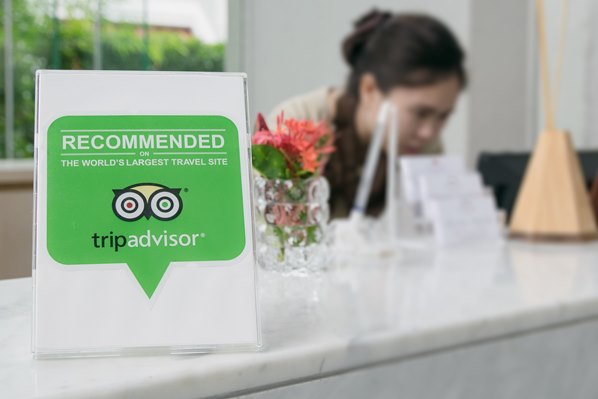
Customer Experience is based on customer feedback and engagement.
With the presence of review sites such as Yelp, TripAdvisor, and comment sections on company websites themselves, CX leaders are now faced with a question many aren’t sure how to answer.
“Should I respond to positive and negative customer feedback? If so, is there a best way to do so?
The short answer… Yes, absolutely respond to feedback whenever possible.
Response suggestions
If your customers take the time to post a review online, I strongly suggest you respond to it. A short reply – “ We are so happy it was a great event for you! Thanks for your comment. We appreciate it.” or some variation demonstrates their feedback is reviewed and valued.
Potential and existing customers seeing responses online notice that someone in your company is taking time to view feedback online and considering it.
Always respond to the negative comments
You may be thinking – “This is all well and good if it’s a positive comment or review. But what if they are nasty or have a truly negative complaint? What do we do then?”
Same answer – Respond to it… with deliberateness.
Remember that folks are looking online for reviews. They’ll see the negative ones and decide for themselves if it holds any weight or is a concern for them. But they’ll always notice if there is a response and how it was handled.
Even when negative comments are sent by email, a response is necessary.
Let’s say you get a negative review. Craft your response to show professionalism, engagement, and intent to fix if possible.
“Thank you for letting us know things didn’t go as you expected. We always do our best to make our customers happy they chose us, but sometimes we miss the mark. Please accept our sincere apologies for your disappointment. Can you please send us your contact information so we may reach out to you personally to find a solution? We’d like to see if there is a way for us to regain your trust. We will also be sure to consider your feedback to prevent this situation from happening again to you or any of our customers.”
A response like this demonstrates you are actively reviewing and acknowledging all feedback, even the negative. It shows you’d like to redeem yourselves if possible.
People often shy away from apologizing as they believe it admits fault or accepts blame. I encourage everyone to apologize as quickly as possible… with deliberateness.
If your company made a mistake or fell short, then apologize and own it. If the customer has unknowingly messed things up, you can still apologize and give them grace. Here is an example to get you started…
“We are so sorry for the frustration you are having. We completely understand. This isn’t how we want any of our customers to feel and we’d really like the chance to help with a solution.”
Fault and blame are not taken by the company, yet not put in the face of the customer. It’s simply a company doing the right thing by trying to find a solution together.
These same principles hold true for feedback and comments sent directly to your company. Respond to all feedback whenever possible, especially the negative comments and complaints.
Most customers don’t take the time to send feedback as they feel it won’t do any good. Those that do send feedback often feel it wasn’t received or reviewed as they didn’t get a response.
Responding to feedback shows customers you value them, their perspective, and their feedback. Trust is built through your response. Trust builds customer loyalty.
About the Author
Kristina Evey is improving the way companies connect with their customers and increase their profits, she is an accomplished speaker and trainer on customer satisfaction and retention.




